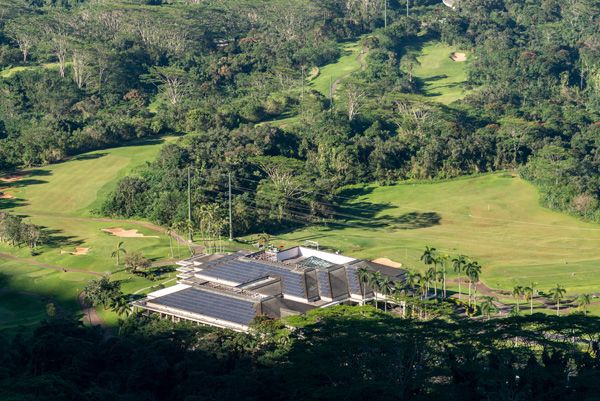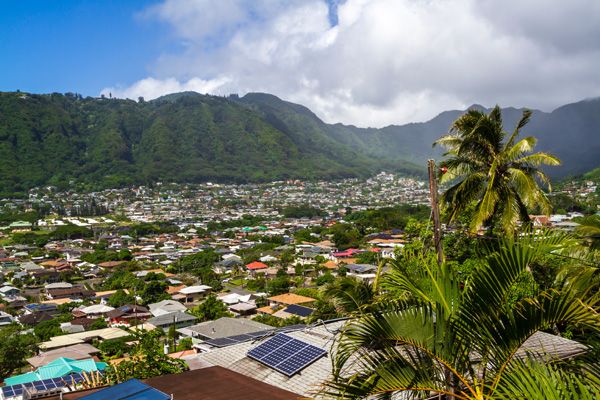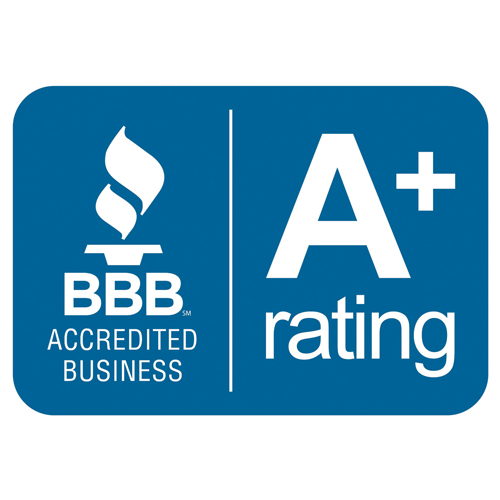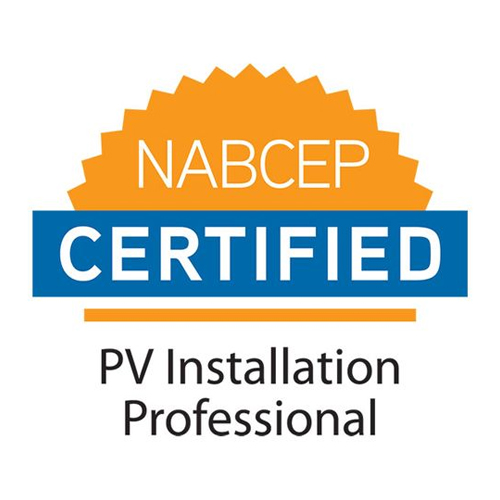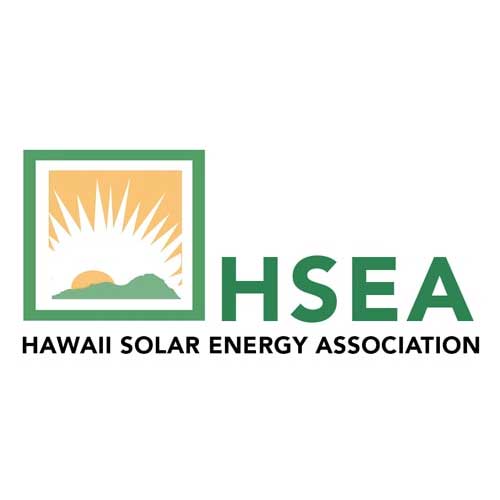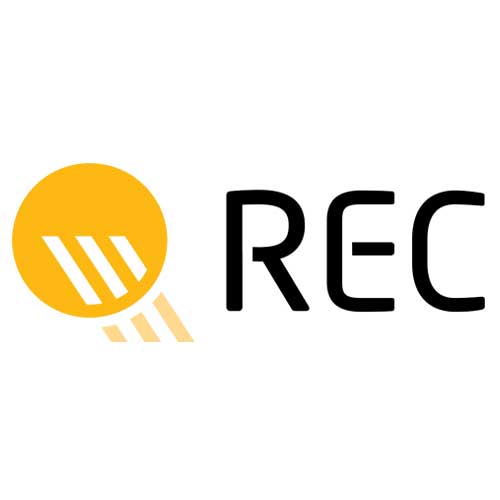Do You Need a Permit to Install Solar in Hawaii?
We’ll discuss the different types of systems that you can install and explain which ones require a permit. We’ll also provide a list of the different types of permits that you may need. By the end of this post, you’ll have a better understanding of whether or not you need a permit to install solar in Hawaii.
The first step to enter the provision solar industry in Hawaii is obtaining a permit. Permits in Hawaii are issued by the Department of Business, Economic Development and Tourism (DBEDT) or by the County Planning Departments.
Permit applications must include a completed application form and drawings showing how the solar system will be installed. Additional documents may be required based on the size and type of installation. Depends on the size of the PV projects, the license process could take anywhere from just a few weeks to months.
In addition to the permit, single family homes must also consider other factors when planning for solar installation in Hawaii. This includes making sure that there is adequate roof space or land area to accommodate the system; ensuring proper compliance with local building codes; and selecting an experienced, certified solar contractor to install the system.
Is your Roof Ready for PV?
We will conduct a thorough site assessment, including an evaluation of your roof’s condition, before any engineering or design is completed for your permits. While most roofs are ready to receive solar, some roofs may need to be reinforced. We can help you with the process or provide guidance. Each drawing is reviewed and stamped by a licensed architect before being submitted to the building department. There is plenty of time for minor repairs or roof replacements to be completed before installation day.
Is Permit needed to Install solar panels?
1. You Don’t Need a Permit if Your System is Under 50 Kilowatts
If you’re thinking about installing solar panels in Hawaii, you don’t need a permit. In fact, most homeowners in the state don’t need one at all – as long as your system is under 50 kilowatts.
If your system is over 50 kilowatts, however, you will need to obtain a special permit from the Hawaii Energy Office. Solar panels can save homeowners money on their electric bills, help reduce Hawaii’s dependence on imported oil, and reduce pollution and greenhouse gas emissions.
So why not give the solar photovoltaic system a try in Hawaii? It could be the smartest decision you ever make!
2. You Need a Permit if Your System is Over 50 Kilowatts
If you’re considering installing solar in Hawaii, you’ll need to be aware of a few things first. First and foremost, you will need to obtain a solar permit if your system is over 50 kilowatts. Solar permits are available from the Hawaii Energy Office and can usually be obtained within a few weeks of submitting your application.
Once you have your permit, you’ll need to follow the building code for solar installations. This means that your system may need to be installed on a raised platform or mounted on an exterior wall if it exceeds 100 square feet in size.
Beyond the installation requirements, there are other things that you’ll need to consider before starting solar installation in Hawaii. For example, you may want to consider getting quotes from multiple solar installers so that you can get the best deal possible.
Additionally, make sure that you understand all of your rights and obligations with regards to the solar energy industries association in Hawaii before beginning any work.
Finally, remember that solar is an increasingly popular option for homeowners and businesses alike – so don’t wait too long to get started!
3. You May Need a Permit if Your Solar System is on a Listed Property
If you’re considering installing solar panels on your property, you may want to speak with a licensed contractor first. Permits are required in certain situations, and the requirements will vary depending on the type of system that you have.
For example, if you have a new rooftop solar system, you may need a permit from the municipality in which your property is located.
In addition to permits, solar panels also require an electrical permit from your local utility company. This is because solar panels generate and control electricity – even when they are not being used – which can affect the overall electrical grid.
By getting an electrical permit in advance, you can minimize any potential disruptions to your electric bill.
When it comes to the financial benefits of installing rooftop solar systems, there are many reasons to consider doing so. For one thing, solar panels can save money on your electric bill by generating enough power to cover your daily needs without using any energy from the reliable grid. Additionally, by increasing the value of your home, solar panel installation can help offset some of the electricity costs associated with owning a home in today’s market. So what are you waiting for? Contact a licensed contractor today and get started on installing Solar Panels in Hawaii!
Permitting process
In Hawaii, a building or property owner must obtain a Permit to Install Solar (PIS) in order to install and operate solar energy systems. The process of obtaining this permit involves several steps that need to be followed carefully and strictly.
First, the applicant needs to complete an application form. This form should include information about the proposed installation, such as the location of the system, type of equipment to be installed safely and the estimated average cost. The application should also include copies of any permits from other agencies that are required for the installation.
Next, the applicant must submit a Permit to Install Solar (PIS) plan. This plan should include detailed sketches and diagrams of the proposed solar system, including its size and location. The plan should also include drawings of any buildings or other structures that will be affected by the installation.
Once the Permit to Install Solar (PIS) plan has been approved by Hawaii’s Department of Business, Economic Development & Tourism, the applicant can then apply for a Permit to Operate Solar (POS) from the Department of Hawaiian Home Lands. The POS application requires information about the size and type of solar system that will be installed, as well as any potential environmental or safety concerns associated with the installation.
Finally, once both permits have approval, the applicant can begin installing their solar energy system. It is important that the installation be done in accordance with all applicable local, state and federal regulations. Once the system is up and running, it must be maintained according to Hawaii’s Permit to Operate Solar (POS) guidelines.
Following these steps carefully can help ensure that a Permit to Install Solar (PIS) and Permit to Operate Solar (POS) is obtained in a timely manner so that the installation process can proceed. By obtaining the necessary permits, property owners can take advantage of Hawaii’s abundant sunshine and move towards clean energy sources.
To Sum Up
Applying for a Permit to Install Solar in Hawaii is not as difficult or complicated as it may seem. With the right research and guidance, the process can be completed with ease and efficiency. By completing this process correctly, you will save time and money while helping to create a cleaner environment. Ultimately, obtaining a Permit to Install Solar in Hawaii will benefit you and the environment. So don’t forget to get your Permit to Install Solar in Hawaii today!
If you’re thinking of installing a solar panel system on your property, it’s important to find out whether or not you need a permit. In most cases, you won’t need a permit if your system is under 50 kilowatts. However, if your system is over 50 kilowatts or if it’s located on a listed property, you may need to obtain a permit before proceeding!

